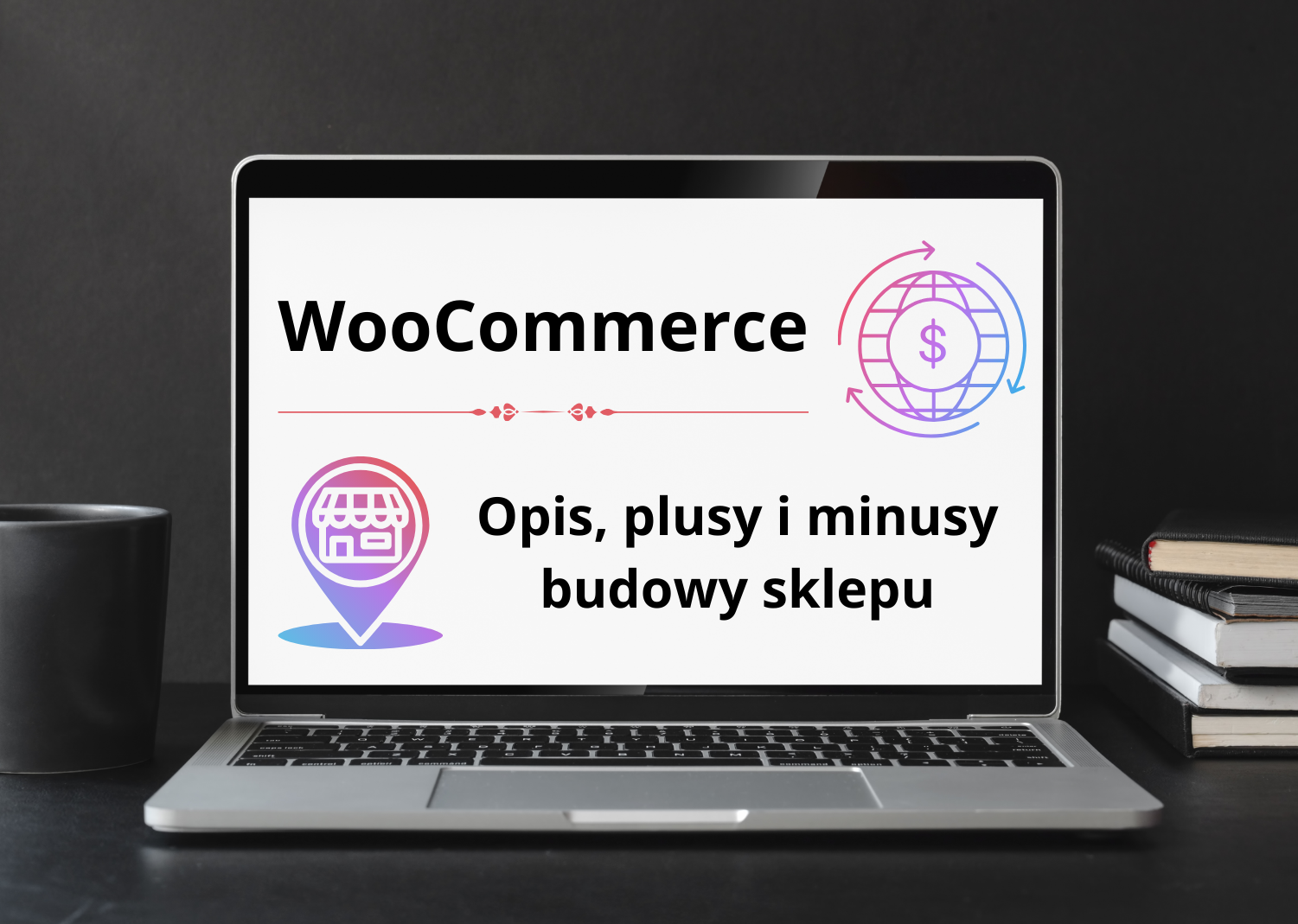
With the development of online technology, the amount of data collected from users is growing at an alarming rate. For this reason, privacy regulations such as RODO (the Data Protection Regulation) have become the cornerstone of online business regulation. To comply with these regulations and at the same time ensure transparency, companies are introducing a tool to manage user consent, known as the Consent Management Platforms (CMPs). But what is CMP and what benefits does it bring to both companies and users? What are the alternatives? You will find out in this article.
What is the CMP?
The Consent Management Platform (CMP) is a system that helps organisations collect, manage and document user consents for the processing of their personal data. It is a platform that facilitates the implementation of Consent Mode, and this is essential for websites and applications that collect user data, such as through cookies.
CMP is a key part of the privacy strategy, enabling companies to comply with data protection regulations. It gives users control over how their data is collected, stored and used by websites and applications.
The CMP displays a consent banner, allowing users to decide which types of data they want to share and which they want to block. The CMP allows users to consent to different types of data processing, such as the collection of analytics, marketing or personalisation data. The user can also reject certain consents, which affects what data can be processed by the organisation. From a technical point of view, the CMP acts as a communication layer between the user and the system where the data is processed, providing control over the process.
Consent Mode is a tool (e.g. offered by Google) that interacts with CMP and adjusts the operation of tracking tools according to user preferences. Together, CMP and Consent Mode create a system that allows companies to comply with privacy laws while optimising marketing efforts, even in the absence of full user consent to data processing.
You can read more about Consent Mode here →
quickpick.co.uk/consent-mode-why-has-it-been-introduced
What is Consent Mode?
Consent Mode is a mechanism that allows websites to collect consent to use cookies in a way that is consistent with the user's preferences. The user has the option to give or refuse consent for specific categories of data. In the absence of consent, the tool stops the transmission of data, thus avoiding unlawful processing of information.
With Consent Mode, users have full control over their data, and website owners may use analytical tools (e.g. Google Analytics) in compliance with legal provisions.

How does Consent Mode work?
Consent Mode works as an intermediate layer between the user and the website owner. On entering the site, the user sees a consent banner that allows him or her to agree to different types of cookies (technical, analytical, marketing, etc.). Consent Mode is usually implemented on a website as an interactive banner or popup, which informs the user of the site's privacy policy and asks for their consent to data processing. This process can be broken down into several key steps:
- Notification of privacy policy - the user is informed about what data may be collected, how it will be used and what rights he or she has.
- Consent or non-consent - The user has the option to give or refuse consent to data processing. This may include various categories such as technical, analytical, advertising or marketing cookies.
- Recording and management of consents - CMP saves the user's consent decisions, allowing them to be easily managed in the future. Consent can be withdrawn at any time, giving the user full control over their data.
- Alignment with legislation - CMP monitors and documents the consent process, allowing companies to comply with legal requirements. This way, in the event of an audit, the company can prove that it has obtained consents in a compliant manner.
- Process automation - CMP automates data management processes, eliminating the need for manual consent processing and simplifying privacy policy management.
Key features of Consent Mode
- Transparency: The user must be clearly informed about what data is being collected, for what purpose and who will have access to it.
- Availability: The user should have easy access to amend or withdraw consent at any time.
- Flexibility: The CMP should allow for different forms of consent, e.g. for different categories of data or different levels of processing.
- Compliance: Consent Mode must comply with data protection legislation.
Benefits of implementing the CMP
1. Legal compliance
One of the most important reasons for implementing CMPs is the need to comply with legal requirements. In Europe, RODO requires users to give informed and unambiguous consent to the processing of their personal data. Failure to comply with these regulations can result in severe financial penalties. CMP helps companies to comply with these requirements and also to document the entire consent process, which is crucial in case of audits or inspections.
2. building user confidence
Transparency and respect for user privacy are fundamental to building trust. When users see that their data is being processed in accordance with their consents and that they are in full control of it, they are more likely to continue using a company's services. CMP allows companies to be more transparent about their data processing, which leads to long-term relationships with users.
3. Optimisation of marketing activities
With CMPs, companies can better tailor their marketing activities to users' preferences. Collecting consent for marketing data allows for more precise targeting of ads and personalisation of content, which increases the effectiveness of campaigns. Additionally, data collected in a compliant manner is more valuable as it comes from users who have given informed consent.
4 Risk management
Wdrożenie CMP pomaga firmom minimalizować ryzyko związane z naruszeniem przepisów o ochronie danych osobowych. Automatyzacja i dokumentacja procesów zgód pozwala na bieżące monitorowanie, jakie dane są przetwarzane i czy są one zgodne z preferencjami użytkowników. Dzięki temu firmy mogą uniknąć potencjalnych kar oraz negatywnych skutków wizerunkowych.
5. increased operational efficiency
CMP automates consent management processes, saving companies time and resources. Instead of manually collecting consents and monitoring regulations, CMP provides continuous updates and automation, making it easier to manage user data. In addition, companies can more easily integrate the tool with other systems, streamlining their operations.

Alternative solutions
The choice between an off-the-shelf solution and an in-house consent management system depends on certain factors:
- Ready-made solutions (CMP):
- Rapid implementation: Off-the-shelf CMP platforms offer immediate implementation.
- Cost: It may involve a subscription.
- Proprietary solution:
- Full control: It allows full personalisation and customisation to specific needs.
- Long-term benefits: Although the initial cost of implementation can be high, an in-house solution gives you more flexibility and independence. It also does not generate costs in the long term if you outsource to a company that does not offer such a solution on a subscription basis.
- Integration: A good system integrates with other marketing and analytical tools, automating consent management processes.
What to choose? If you want a quick implementation, the CMP platform will be a better option. However, if full control of the process and greater flexibility is a priority, it is worth considering building your own system.
Summary
Compliance with data protection legislation is mandatory for every website owner. Lack of Consent Mode can lead to severe financial penalties and image damage, and affect the effectiveness of data analysis and remarketing campaigns. It is worth entrusting the implementation of the right tools to experts.
Jf you need help implementing a Consent Management Platform (CMP) or would like to create your own dedicated solution, we can help with both. We provide support in both the implementation of off-the-shelf CMP tools and in building customised consent management systems. This enables you to choose a solution best-fit to your needs.
Trust us to implement the right tools.
Get in touch with us!


 3 minutes reading
3 minutes reading


